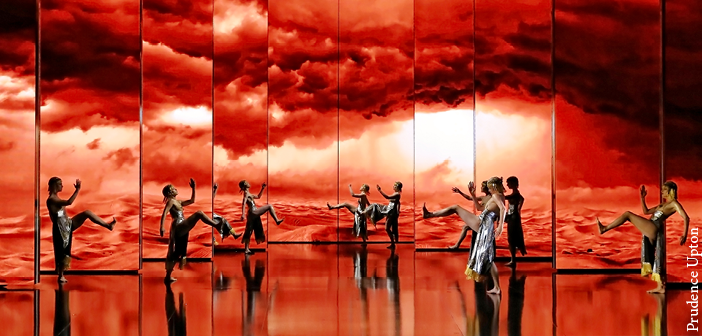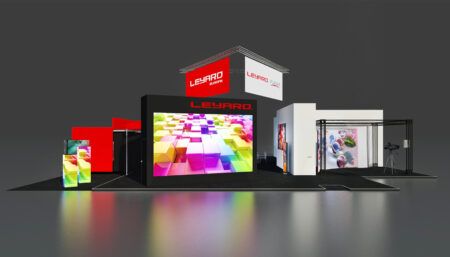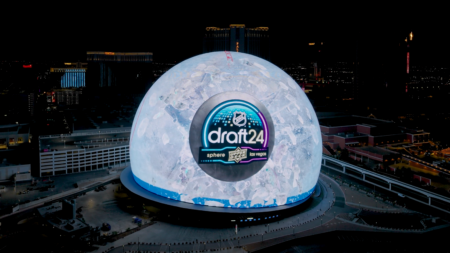Large LED screens driven by Brompton processing were deployed by Big Picture at the State Theatre, Arts Centre Melbourne, for Opera Australia (OA)’s interpretation of Verdi’s Aida, directed and choreographed by Davide Livermore.
UniView Tekken LED screens were arranged in 10 columns, each 7m (23ft) tall, together totalling 175m² (1,884ft²), creating an immersive experience. The video designs ranged from symbolic pictures to picturesque landscapes, and were brought to life by 4K Tessera SX40 LED processors.
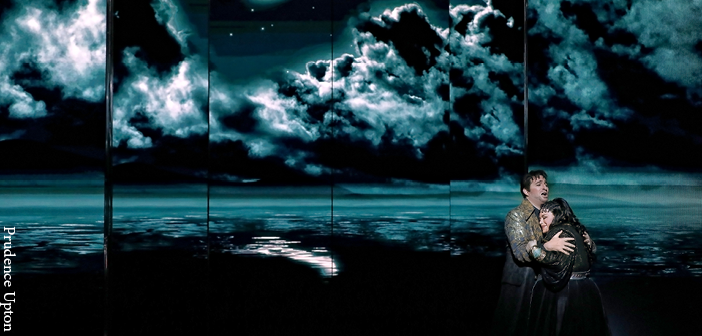
A fully redundant Disguise system, comprising four GX2c servers, managed eight 4K content layers as well as dealing with incoming data streams from OA’s custom Raynok automation system, which was used for individual screen rotation and tracking on and off stage.
“We originally chose the UniView Tekken 3.9 because it fitted a very particular brief that we had been given from OA during the design process for the Opera Digital Stage,” said Nick Bojdak, technical director, Big Picture. “To work with the automation system, it needed to be relatively light per square metre. It also needed to be high-enough resolution for still images to resolve like the painted set pieces found in contemporary theatre productions, so the audience forgot that they were watching video screens. Finally, it needed to be robust enough to be built in large pieces for quick changeovers between shows. Usually, speed and high-res LED are mutually exclusive terms, and it is normally a painstaking and delicate process panel by panel, but luckily the Tekken is well-built.”
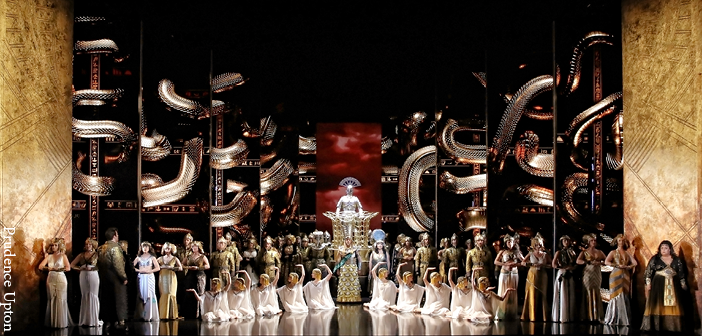
The highest level of processing power was needed to deliver the required visual quality. “We needed something that worked really well at low brightness,” said Bojdak. “We already had a large stock of Roe Black Onyx 2.8 running on Brompton, so we knew what results we could expect from Brompton when coupled with a good high-res product.”
Initially using Tessera S4 LED processing in the first year of installing the digital environment for OA, Big Picture subsequently migrated to 4K Tessera SX40 LED processors and Tessera XD 10G data distribution units, adding greater output capacity for larger and more complex productions.

“The deployment of the XDs via fibre allowed us to decentralise our processing and streamline our system up in the galleries of the Sydney Opera House where space is at an absolute premium,” said Bojdak. “The show currently runs with two SX40s and six XDs as its base configuration. Later in 2021, the system will be expanded considerably for OA’s Ring Cycle production in Brisbane.”
“We are really proud of our ongoing relationship with OA, and we are excited that we have finally been able to bring the digital stage environment to Melbourne in 2021 after three successful years in Sydney,” said Bojdak. “Brompton’s Tessera processing has proven to be the ultimate tool when it comes to managing LED screens at low brightness, allowing us to get a much clearer and smoother image with enhanced detail in darker areas, achieving unprecedented performance and superior overall visual colour accuracy which completely enveloped the audience in the world of ancient Egypt.”
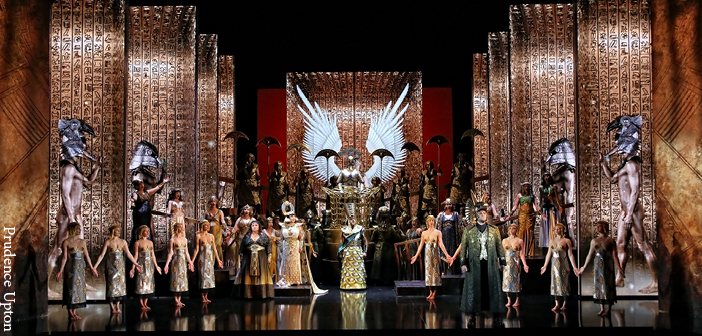
Images: Prudence Upton


